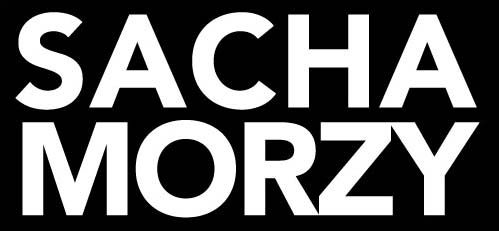SKINS
FIRST SERIE





Skin # 1 - self body portrait - Photography printed on industrial canvas, folded and stapled - 2014
restauration of a 2007 piece exhibited at Atelier Bustamante - Beaux arts de Paris
90 x 52 cm
Skin # 2 - self body portrait - Photography printed on industrial canvas, folded and stapled - 2014
110 x 40 cm
Skin # 3 - self body portrait - Photography printed on industrial canvas, folded and stapled - 2014
120 x 60 cm
Skin # 4- self body portrait - Photography printed on industrial canvas, folded in a white wooden drawer - 2014
31 x 31 cm
SkinS - self body portraits - Photography printed on industrial canvas on a metallic hanger - 2014
120 x 160 x 40 cm
--------------------
Skin is one of the most important organs of the body with regard to its surface, its function and its mass in the human being. Of the 5 senses, it is also the one that is really vital. If we can live without hearing, smell, sight or taste, we can not live without an important part of our skin.
Skin is an integral part of our ability to feel and understand the world, touch, pleasure, pain, sensuality, sexuality, contact, thus directly permeating our worldview, our ability to communicate.
Representative organ by nature, it is also our image in its entirety, as others perceive us, and as we perceive ourselves. An appearance, a definitive garment in perpetual change, from birth to death, it is our tool of recognition, of communication and representation.
The skin of the human being is to the body, what the ego is to the psyche and skin is one of the direct conductors. On the other hand, the ego plays a similar role for the psyche, it is the skin of our mind.
The representation of the skin can therefore be understood as a representation of our psyche. We can therefore speak of psychic skin. Thus, the representation of the skin can be doubly understood as a representation of our appearance and our psychic self.
Skin is a properly existentialist physical organ: to begin to live is to begin to die, and the skin is the first visible and sensitive form. it representation is not a mere representation of our biological body, we speak of a state of nudity, as we speak of a state of consciousness.
Comment l’être humain se voit-il et voit son prochain? Et comment voyons nous notre propre moi ? La peau comme organe représentatif existentiel et mis à nue sociétal premier. À la fois propre à chacun et commun à tous, cette représentation de notre peau physique et psychique s’adresse autant à notre vécu personnel qu’à notre conscience commune.
----------------
La peau est l’un des organes les plus importants du corps au regard de sa surface, de sa fonction et de sa masse chez l’être humain. Parmi les 5 sens, c’est aussi celui qui est réellement vital. Si nous pouvons vivre sans l’ouïe, l’odorat, la vue ou le goût, nous ne pouvons pas vivre sans une partie importante de notre peau.
La peau est une partie intégrante de notre capacité à ressentir et comprendre le monde, le toucher, le plaisir, la douleur, la sensualité, la sexualité, le contact, imprégnant ainsi directement notre vision du monde, notre capacité à communiquer.
Organe représentatif par nature, il est également notre image dans sa globalité, tel que les autres nous perçoivent, et tel que nous nous percevons nous même. Une apparence, un vêtement définitif en perpétuel changement, de la naissance à la mort, il est notre outil de reconnaissance, de communication première et de représentation.
La peau de l’être humain est au corps, ce que le moi est au psychisme et la peau en est un des conducteurs directs. Par ailleurs, le moi joue un rôle analogue pour le psychisme, il est la peau de notre esprit.
La représentation de la peau peut donc être aussi comprise comme une représentation de notre psychisme. Nous pouvons dès lors parler de peau psychique. Ainsi, la représentation de la peau peut être doublement comprise comme représentation de notre apparence et de notre moi psychique.
La peau est un organe physique proprement existentialiste : commencer à vivre c’est déjà commencer à mourir, et la peau en est la première forme visible et sensible. Sa représentation, n’est pas une simple représentation de notre corps biologique, nous parlons d’état de nudité, comme l’on parle d’état de conscience.
Comment l’être humain se voit-il et voit son prochain? Et comment voyons nous notre propre moi ? La peau comme organe représentatif existentiel et mis à nue sociétal premier. À la fois propre à chacun et commun à tous, cette représentation de notre peau physique et psychique s’adresse autant à notre vécu personnel qu’à notre conscience commune.
©Sacha Morzy
